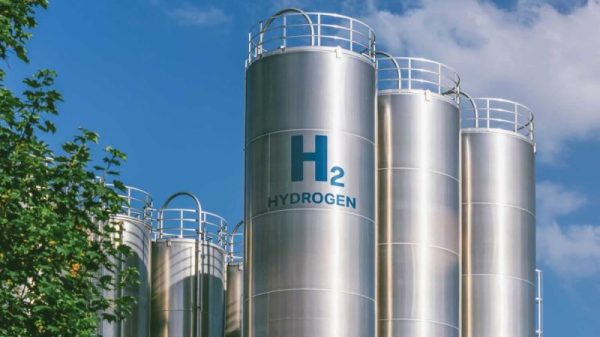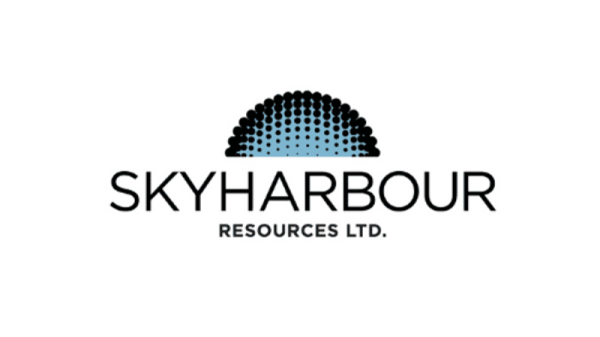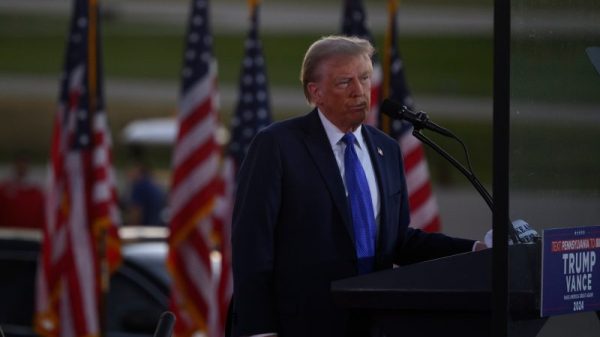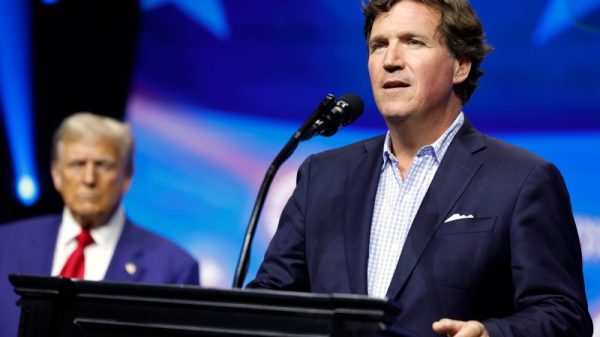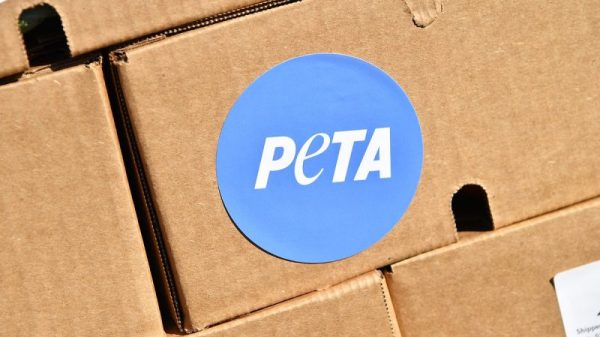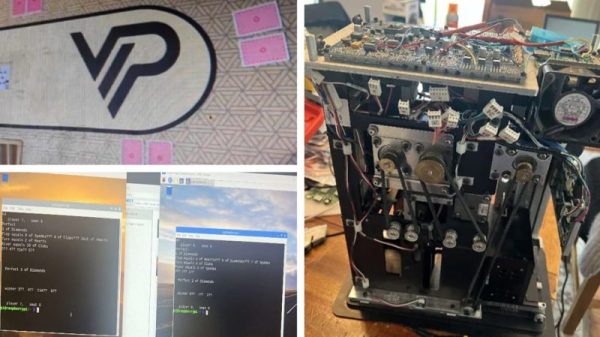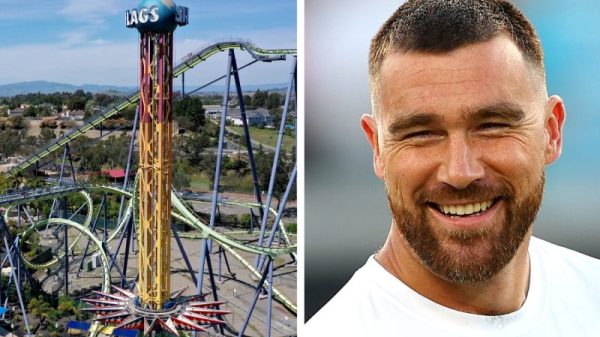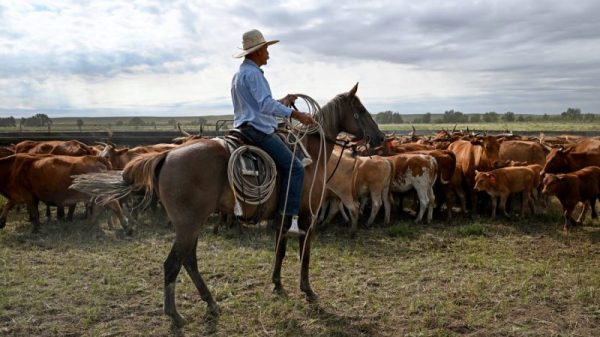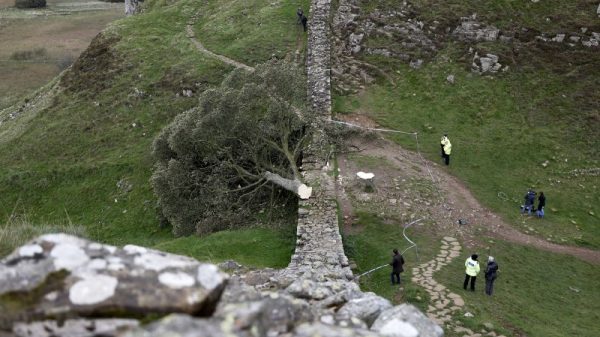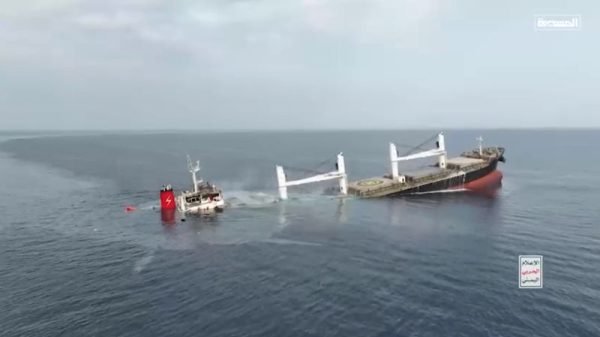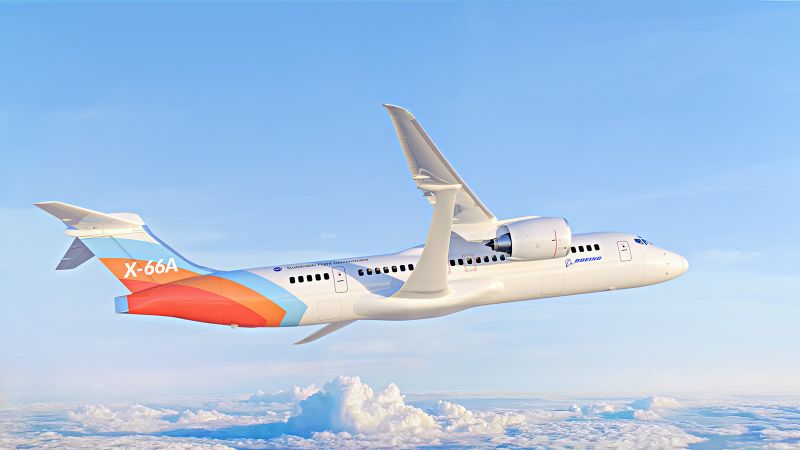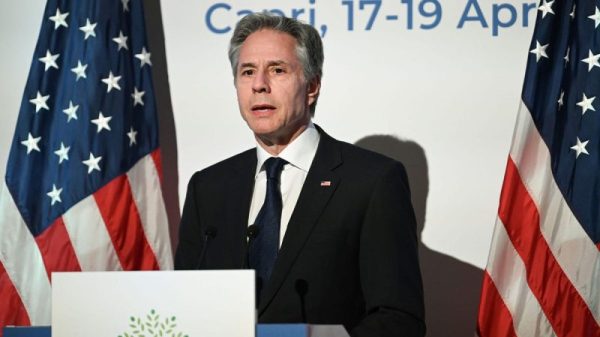Snazzy new liveries have been revealed for two of NASA’s hottest aircraft projects. These upcoming planes want to be the next generation of sustainable flight – and also to look good when doing it.
First there’s the X-66A, which NASA has been cooking up along with Boeing as part of its Sustainable Flight Demonstrator project. The US aerospace behemoths want to build, test and fly an emission-reducing, single-aisle aircraft before the decade is out. The X-66A is the full-scale demonstrator on which they’ll be doing all that.
“It’s our goal that NASA’s partnership with Boeing to produce and test a full-scale demonstrator will help lead to future commercial airliners that are more fuel efficient, with benefits to the environment, the commercial aviation industry, and to passengers worldwide, “ said NASA Administrator Bill Nelson in a statement in January. “If we are successful, we may see these technologies in planes that the public takes to the skies in the 2030s.”
The design that NASA and Boeing are working on could reduce fuel consumption and emissions by up to 30% compared with today’s most efficient aircraft, according to the agency.
It’s called the Transonic Truss-Braced Wing concept, which relies on elongated, thin wings stabilized by diagonal struts that connect the wings to the aircraft. The design’s shape creates less drag, which means burning less fuel.
The new livery was unveiled at EAA AirVenture Oshkosh and features a white body with a blue, orange and red striped tail.
‘An experimental aircraft’
“This is an experimental aircraft,” Bob Pearce, NASA associate administrator for the Aeronautics Research Mission Directorate, said in January. “This is not a commercial development of an aircraft that passengers are going to fly in today. And the reason we need to do this is because this is high-risk technology. We’re trying to validate technology.”
The first test flight of this full-scale demonstrator is set to take place in 2028. NASA hopes that one day the technology should serve about half of the commercial market through short- to medium-haul single-aisle aircraft.
Airlines largely rely on single-aisle aircraft, which account for nearly half of aviation emissions worldwide, according to NASA. Boeing estimates that the demand for the new single-aisle aircraft will increase by 40,000 planes between 2035 and 2050.
The goal is for the technology to serve about 50% of the commercial market through short- to medium-haul, single-aisle aircraft, Nelson said.
The other planes to get a new look are the hybrid electric aircraft that GE Aerospace and magniX are developing as part of NASA’s Electrified Powertrain Flight Demonstration (EPFD) project.
The project’s goal is to enable a new generation of electric-powered aircraft. NASA is collaborating with industry partners on new technologies including lighter and more efficient motors, electronics and materials that can help improve fuel efficiency and reduce emissions.
Why high temperatures can make planes too heavy to take off
More flight testing to come
These technologies will be tested and demonstrated in modified existing aircraft.
A souped-up Saab 340B, with white and blue livery, with be used for ground and test flights on a megawatt-class hybrid electric powertrain being developed by GE Aerospace. (A powertrain, for the uninitiated, is the system that brings together all the components to drive a vehicle forward). NASA says the flights will take place by the middle of this decade.
A modified DeHavilland “Dash 7” aircraft, with red and white livery, is home to magniX’s hybrid powertrain, and it’s partnering with AeroTEC and Air Tindi on test flights.
It’s hoped the project eventually will benefit short-haul turboprop aircraft – the type that carry between 30 and 70 passengers – as well as regional, single-aisle commercial airliners carrying up to 180 passengers.
NASA says it plans to conduct at least two flight demonstrations within the next five years so the new technologies can be introduced commercially in the United States between 2030 and 2035.


